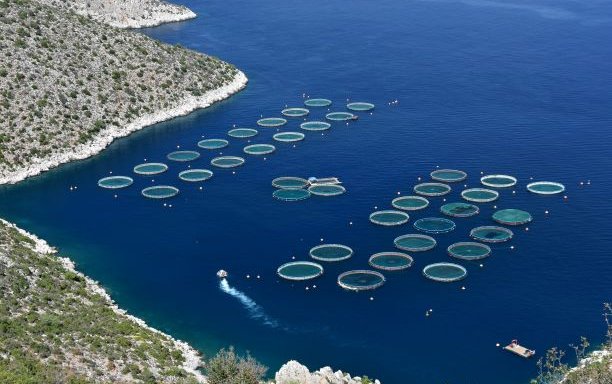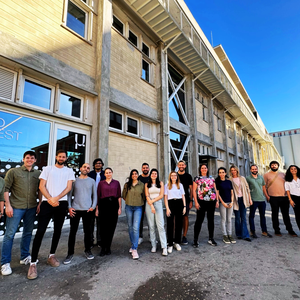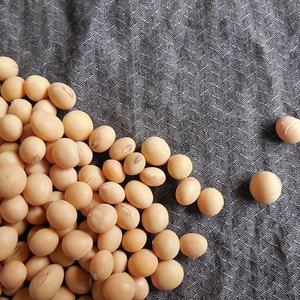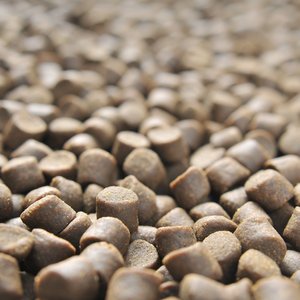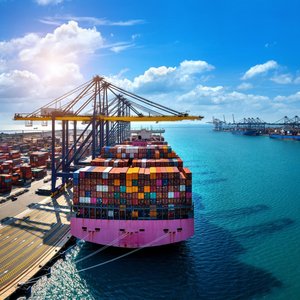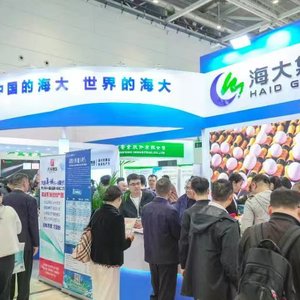Although the EU framework for promoting the sustainable development of aquaculture in member states has improved, the substantially increased funding has not yielded tangible results, warns a report by the European Court of Auditors. In fact, European aquaculture production actually seems to be at a standstill.
Aquaculture is an important element of the EU’s Blue Economy strategy. It contributes to food security and is promoted by the European Green Deal as a source of protein with a lower carbon footprint. With support from the European Maritime and Fisheries Fund (EUR 1.2 billion allocated in 2014-2020) and its successor, the European Maritime, Fisheries and Aquaculture Fund (EUR 1 billion allocated in 2021-2027), the EU aims to secure the long-term environmental sustainability of aquaculture and achieve economic, social and employment benefits. However, results are slow to appear and cannot yet be reliably measured.
“The EU has cast its nets wide for the aquaculture sector in recent years, as it is a major element of its Blue Economy strategy. But they remain disappointingly empty,” said Nikolaos Milionis, the ECA member who led the audit.
The amount of funding allocated exclusively to aquaculture for the 2014-2020 period was more than three times the total spent in 2007-2013. However, neither the European Commission nor the member states demonstrated the need for such a large increase, and the auditors have reason to believe that too much EU money was put on the table.
“The fact is that a large part of it has not been used, and member states may not be able to spend all available funding by 2023, which is the deadline for expenditure to be considered eligible,” the report said. A side-effect here is that, in practice, EU countries financed almost all projects, irrespective of their expected contribution to the EU’s objectives for aquaculture, whereas a more targeted hook-and-line approach might have yielded a bigger catch.
Despite the EUR 1.2 billion made available for 2014-2020, the auditors note that overall EU aquaculture production has flatlined. It has even decreased in two of the largest producers (Italy and France). The socio-economic indicators do not look promising, either. The number of aquaculture businesses is declining, and employment in the sector fell from around 40,000 people to around 35,000 between 2014 and 2020.
The auditors also highlight weaknesses in the monitoring system. They were unable to find a single set of indicators allowing them to assess the environmental sustainability of the sector, despite this being one of the main objectives of EU policy.
“Even more worrying are the data currently reported on the achievements of EU funds. These data are neither consistent nor reliable, with clearly overstated results, triple-counted values, and figures that fluctuate, depending on the reporting system selected,” the report said. As a result, the auditors could not determine the EU funds’ contribution to the aquaculture sector’s environmental and social sustainability, or to its competitiveness.
Read the report here.


